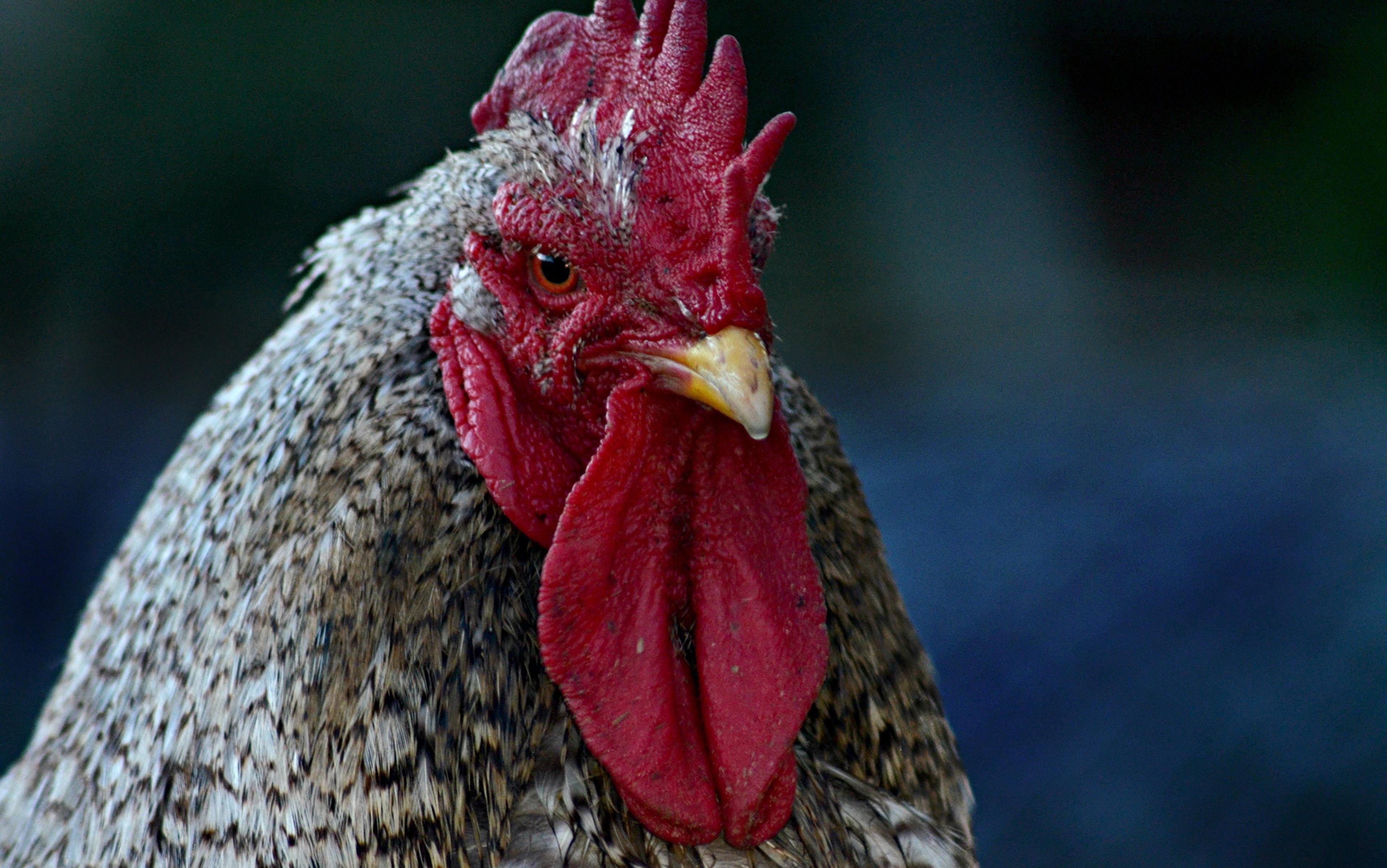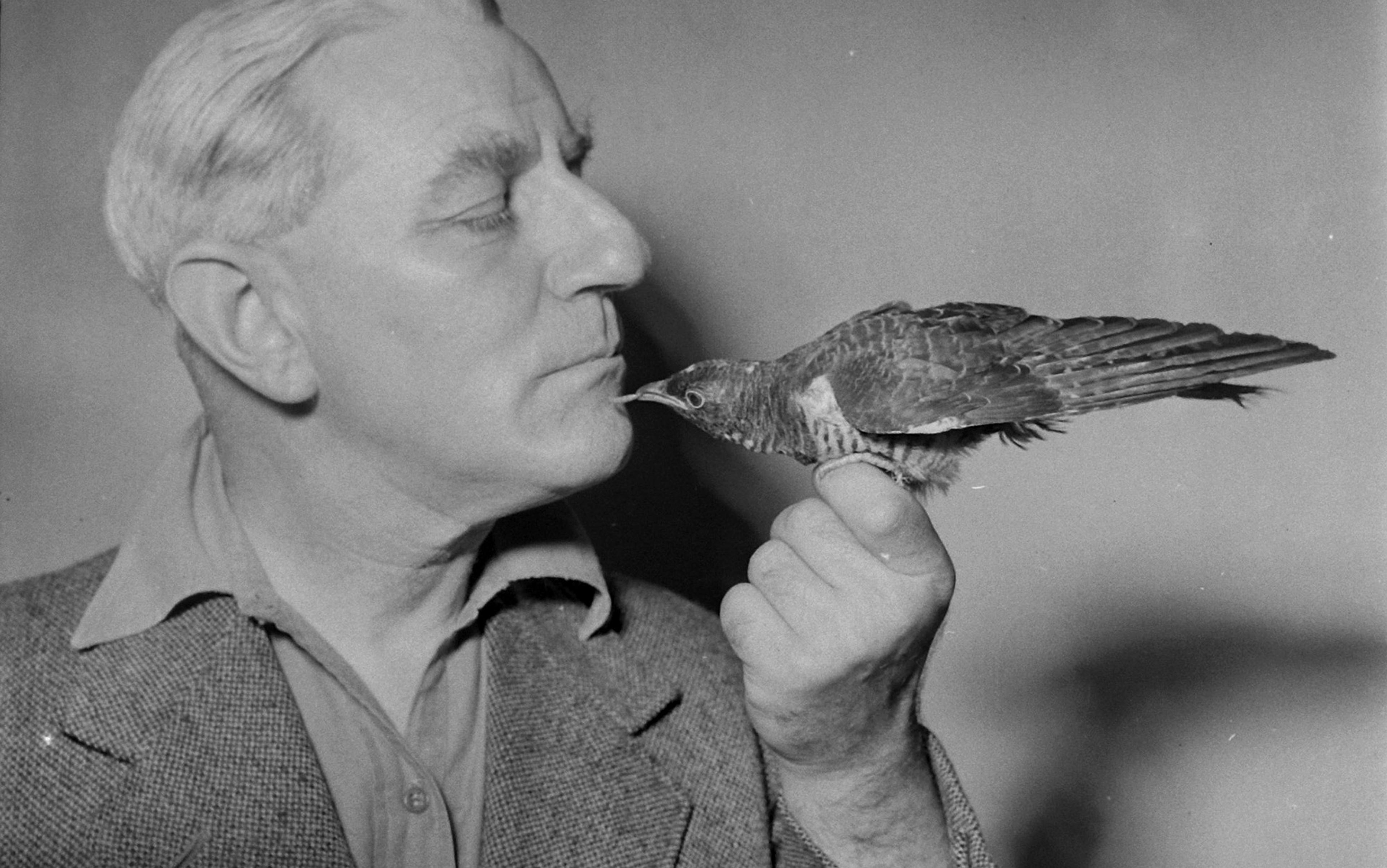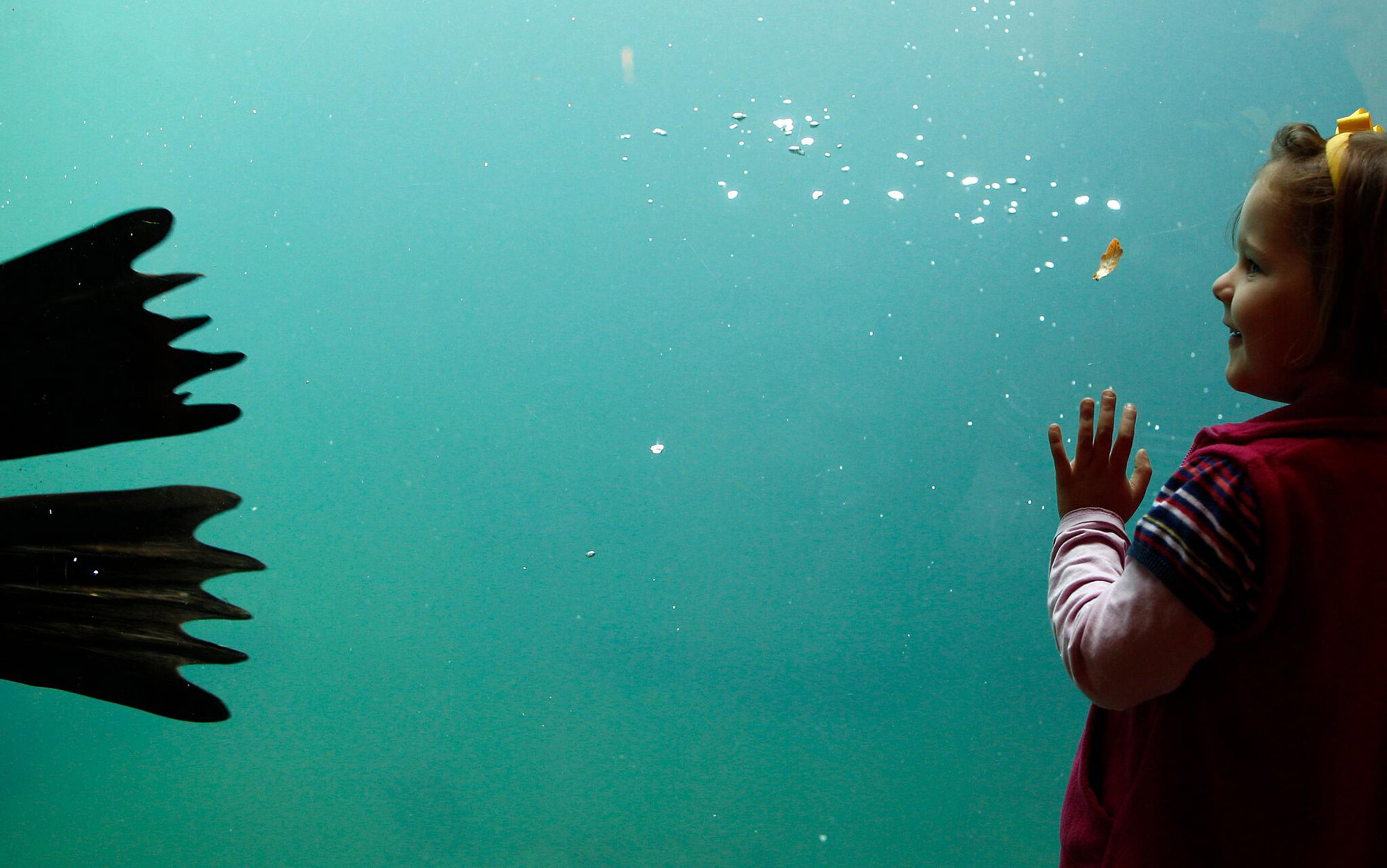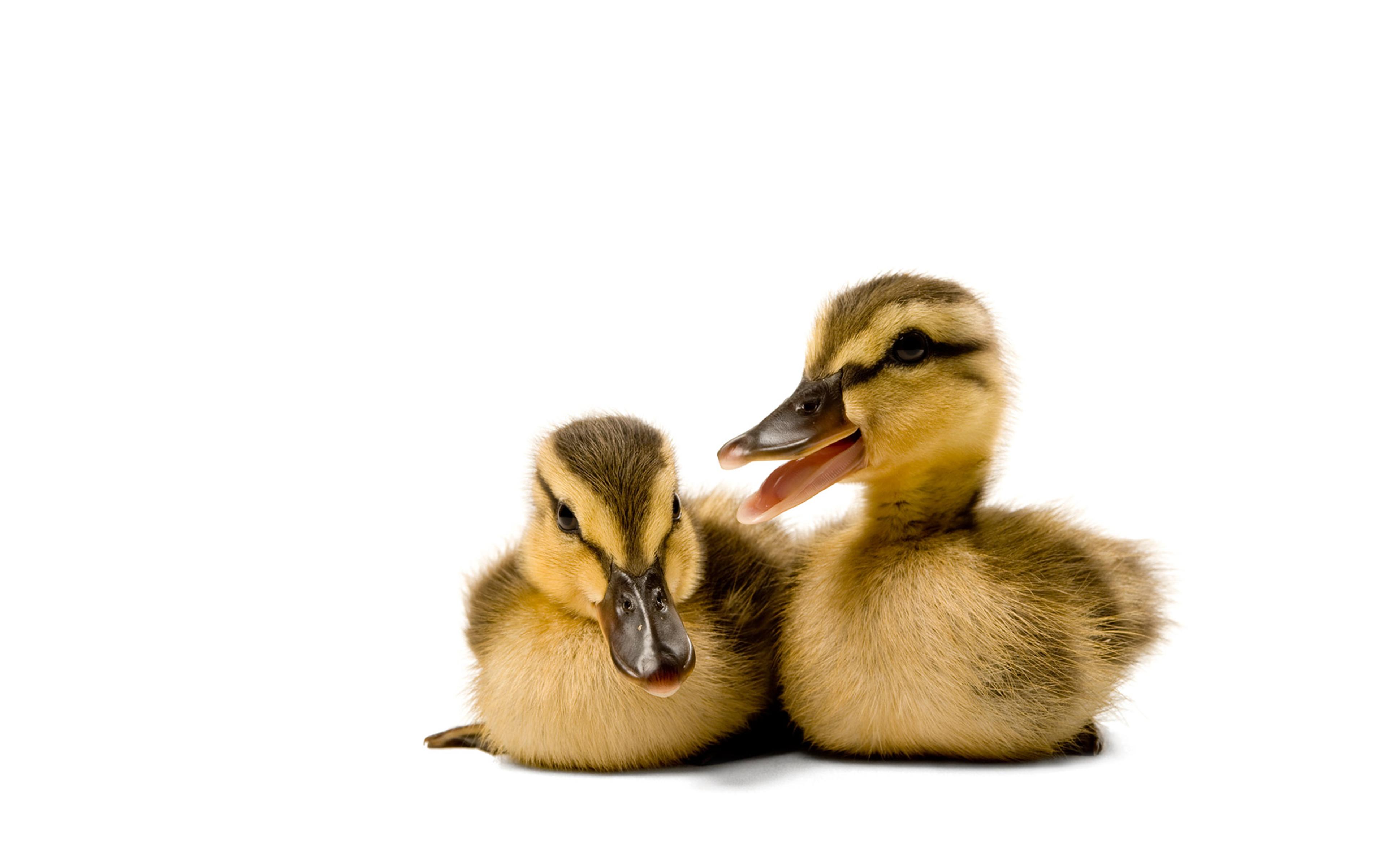When Louise Irving first met her husband Gordon, in South Africa in the mid-1970s, she came between him and an intense love affair that was passionate, fierce and all-consuming. The situation seemed hopeless. Any free love notion of an open relationship was intolerable. Her man was taken. ‘I knew Winston loved my husband so much,’ Louise recalled. ‘But he was very unhappy about me. Winston would mimic my voice when they were together in the bath. I had to watch myself. I couldn’t go near Gordon.’ Worse still, Winston was capable of violence, and it was quite likely, she realised, that he wanted her dead.
But Louise had no ordinary rival in love. Winston was an African Grey Parrot, and Gordon was his sole life partner. His attachment was hardly surprising. Parrots spend their lives nurturing a single, intensely monogamous relationship — and, if they are made to live without other parrots, they will forge that singular relationship with a person. Their natural average lifespan — 50 or 60, sometimes even 70 years — is spent obsessively demanding another parrot’s devoted attention, nuzzling and purring, but also screeching and scratching and biting each other. In the wild, they flock with others, but always fly wingtip-to-wingtip with their chosen mate.
Eventually, despite Winston’s protests, Louise and Gordon had sons. Luckily, Winston took to their boys. ‘He showed his love,’ remembered Louise. Indeed, Winston liked other people, too, not just Gordon. He enjoyed teasing guests they had round for dinner — he could even sense when a joke was being told and could mimic a human laugh just as someone said the punchline. At other times, the family had to wait to hear their telephone’s fifth ring before answering because Winston made a habit of tricking them by belting out four precisely imitated phone rings. Winston was beloved by everyone, including Louise, but Louise was someone Winston was never going to accept. ‘I knew my place,’ she said. ‘My husband regurgitated his food to feed him. He lived on my husband’s shoulder, went everywhere with him. I came into the bird’s life and he was very unhappy about it. Every time I walked by, he tried to bite me.’
A parrot’s imprinting with a human surrogate follows a predictable script: utter fidelity expressed through its natural mating behaviour. Unlike dogs, which parted from their grey wolf ancestors about 30,000 years ago, and house cats, whose domesticated origins are murkier and perhaps even more ancient, a pet parrot, no matter where it is born or how tenderly hand-raised, is a wild animal. A sustained historical encounter with people has profoundly shaped canine and feline behaviour and physique. But apart from introducing a few new colour schemes through mutation, human interaction with parrots hasn’t changed so much as a beak or a foraging technique. A human-weaned parrot — ‘psittaciformes’ is the parrot’s scientific nomenclature — is tame, but its behavioural repertoire is still wild, a true descendant of the dinosaurs. Thanks to our selective breeding, dogs and cats not only have infantilised behaviour but also neotenised faces — the big baby eyes and cute snub noses that stimulate our nurturing impulses and flood our brains with feel-good oxytocin hormones. Parrots have none of that.
‘If you are going to be loved by a bird, you are going to have blood spill from your face’
All birds occupy a non-mammalian ‘otherness’ that, except for two scrawny legs, makes them seem alien and, at times, as Alfred Hitchcock knew and exploited, even threatening. They can’t entirely repel our powerful urge toward anthropomorphism, but they resist many of the other hallmarks of rewarding pet ownership. They don’t curl up on your lap or spring in the air for your ball, or sleep contently at your feet, or catch mice. How we choose to keep them, moreover, is curiouser still. Perched in tiny cages, often with their wings clipped, they are denied their very bird-ness: that is, the awesome power of soaring flight that is their most salient characteristic.
And yet many people forge a profound bond with birds, and love their winged animals with a fiercely felt reciprocity. This is especially true of parrots. Talk to dedicated parrot owners, especially owners of the bigger parrots, and they will tell you that their avian relationship has changed their lives. ‘I like birds for their flights and non-flights,’ wrote the Polish poet Wisława Szymborska. ‘For their diving into waters and clouds. For their bones filled with air.’ There is, undeniably, something paradoxical about our love affair with birds.
For most people, thinking about the feathered vertebrate animal class Aves begins with a chicken and ends with a bowl of hot soup. But the human desire for bird companionship is deep and sustained. In many countries, they are the third most popular pet, after dogs and cats. Companion birds number about one million in the UK, according to the Society for Companion Animal Studies. In Germany, about two million households keep birds. And in the US, the indoor bird population probably numbers close to 17 million.
It’s somewhat surprising then that there has been little in the way of scientific inquiry into what fuels people’s devotion to their parrots and what they get out of these relationships. But this is changing, and its intensity certainly hasn’t gone entirely unnoticed. In the 1960s, the anthropologist Claude Lévi-Strauss observed the ardour and depth of feeling between humans and birds, and hypothesised that birds are more likely to be given human names than domestic dogs or other pets. This, as it happens, turns out not to be true. A 2007 study published in Names: A Journal of Onomastics went to the trouble of getting to the bottom of it, and found instead that pets kept at home and outside of cages (such as dogs and cats) were much more likely to be given human names.
Another study, published in 2006 in the journal Anthrozoös, found that people who prefer birds (and horses) have a higher level of empathy than owners of other pets. Researchers at the University of California in the 1990s found that bird owners are more polite, expressive, and caring than other pet owners. Other recent surveys — see Anderson’s 2003 paper ‘A Bird in the House’ — have concurred, finding bird owners to be everything from contented and courteous to unpretentious and, in the majority, communally minded and altruistic. Research has also found that bird-companionship to be a deterrent to suicide, and many parrot owners make formal provisions in their wills for posthumous care.
‘You have this magnanimous animal that loves you, that lives for you, and you stick it in a cage and deprive it of every natural behavior’
Maybe, we could conclude that opposites attract. For, among the admirable qualities of the parrot in this inter-species ménage à deux, politeness and courteousness generally do not feature. Roy Toft, the owner of a travel business in San Diego that caters to wildlife photographers, and a professional bird trainer and breeder since the 1980s, had to have plastic surgery thanks to, ‘a Macaw that loved me but bit my lips off because he didn’t like the person who walked up to me’. I asked him if it was the bird’s fault. ‘No,’ he told me. ‘This is natural behaviour. They bite the ones they love. If you are going to be loved by a bird, you are going to have blood spill from your face. Bird owners don’t tell you that part.’
The propensity for facial mutilation aside, parrots have some astonishing and rather more virtuous traits. Like crows, parrots (in particular the African Grey and the endangered Kea of New Zealand) are highly intelligent. Patricia Anderson, an associate professor of anthropology at Western Illinois University who researches the human-avian bond, had a Quaker Parrot named Otis who learnt how to generalise the meaning of the word ‘thank you’. Having been thanked by Anderson, Otis learnt to say ‘thank you’ to Anderson when given gifts he appreciated. Which come to think of it, is pretty polite and courteous.
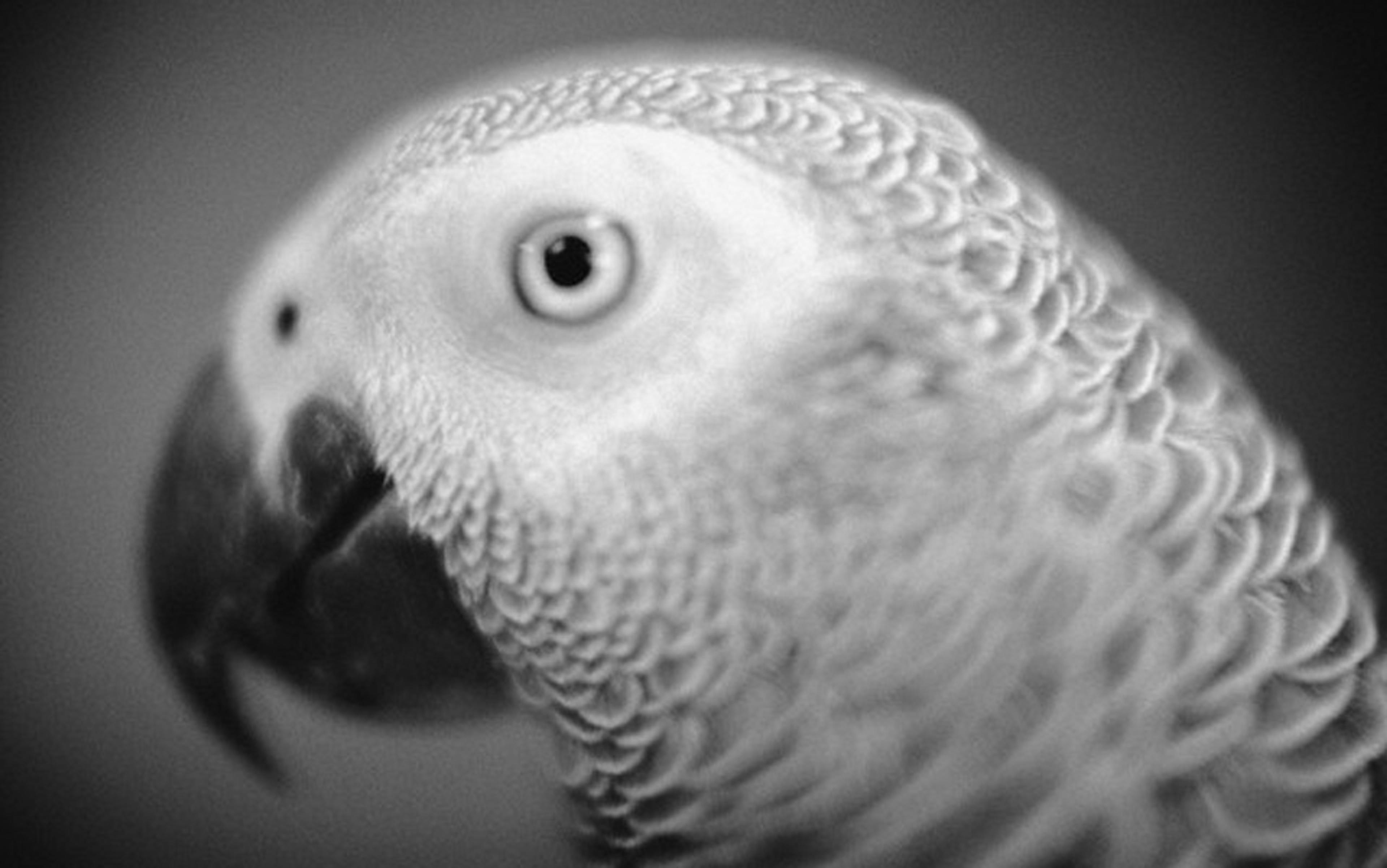
Photo by Henry Horenstein/Corbis
Serious funding for parrot cognitive research is fairly recent, and its findings have met with pockets of resistance, partly because earlier research centred on less impressive birds such as pigeons. But parrots offer great insights into the parallel evolution of intelligence in animals and humans, and the impact of ecology and social conditions on higher degrees of intelligence.
The most famous investigation into parrot intelligence was the eye-popping research of Irene Pepperberg, adjunct professor of psychology now at Brandeis University, into the psychology of Alex the African Grey Parrot, a bird described as having the cognition-levels of a dolphin, or the intelligence of a five-year-old child. Alex had an extraordinary ability to communicate and reason using sophisticated human language and a vocabulary of 150 words. He had the ability to understand, in his own way, the very advanced conceptual idea of nothing. ‘Alex has a zero-like concept; it’s not identical to ours but he repeatedly showed us that he understands an absence of quantity,’ wrote Pepperberg in 2005 in an email in the journal LiveScience.
Animal intelligence investigators are keenly interested in the tiny circle of creatures that, like humans and some parrots, show an ability to achieve innovative solutions to newly encountered problems. But cognitive prowess in parrots is not the same as human intelligence. The cortical-like portion of the parrot brain little resembles that of a human being. Calling a parrot as smart as a human toddler is in some ways descriptive, but overall it’s misleading: parrots are deeply intelligent on their own terms, in ways that suit their very different ecological and evolutionary story.
The parrot, we might say, is uncanny. Its cleverness is both familiar and ulterior — smart yet radically different. And this might well account for part of the parrot’s unique appeal and charm. They are bright, feathered enigmas to our minds. We take the measure of a parrot’s intelligence. We encounter an animal that tantalises us and pokes an abiding human twitch to connect to a perceptive, thinking being, and yet we cannot ignore that it is alien to us by nearly 300 million years of separate evolution.
But, more than intelligence, what many parrot owners emphatically testify to, is their pet’s emotional intelligence. Parrots, they insist, can read their moods, and more importantly, try to remedy their bad ones. Like dogs, they can scan the human face for meaning. Furthermore, like people, they are emotionally nuanced and nimble, displaying a panoply of feeling from sullenness to heady elation to argumentativeness, and they need you to channel it back — be it their joy, playfulness, frustration or pain.
This is the sort of attentiveness and concern we expect from close friendship, family, and romantic intimacy. So what does it mean to have these two-way interactions with a bird? Do people strain their feelings toward their birds through the filter of an avian psyche, or is it the bird that learns a more human emotional palette?
A wild animal, however much besotted by love and marinated in intelligence, is unknowable
Social scientists have long argued that a standard or rigid definition of a beneficial relationship, or of what constitutes a family, isn’t universal, and need not be. Contemporary culture tends to dress intense inter-species relationships in a wardrobe of psychological dysfunction. But such a blanket dismissal falls short. It is a tendentious cultural tick, if not a bit of a psychoanalytic mania. Parrots and their owners — the very engaged ones anyway — negotiate a significant relationship predicated on a complex tangle of power, need, affection and responsibility.
It does, however, raise uncomfortable questions about the emotional exploitation of a deeply intelligent species. We generally disapprove of keeping as pets the other animals we recognise as super-smart — primates or dolphins — and plenty of people would argue they should not be in captivity at all. ‘There are some wonderful bird owners, but in the typical human-bird relationship you have to ask what is really going on,’ Toft told me. The veteran bird trainer casts an astringent gaze on the human-avian connection. ‘You have this magnanimous animal that puts you on a pedestal, that loves you, that lives for you, that is as intelligent as a child, and you stick it in a cage and deprive it of every natural behaviour. What you get — if you look closely at it — is a really screwed-up relationship.’
Intelligence aside, it is worth remembering that birds are fragile and sensitive creatures. Toft recounts a catalogue of cautionary tales involving parrots. After university, he took a job as a bird trainer at the San Diego Wild Animal Park, which had a popular bird show containing 24 species of raptors and many dozens of talking and singing parrots. Toft gave a parrot failing to thrive at the park to his mother. It was also during this time that he rescued a Yellow-naped Amazon Parrot, which was given free reign in the house and lived with Toft for 20 years. And back at the animal park, Toft looked after Fred, one of three comedic Cockatoo actors made famous in the 1970s American television series Baretta. ‘That bird was a bastard, but he put on a show; he sure looked good, and cockatoo sales went through the roof,’ Toft told me.
Then in 1990, Fred was stolen from his cage at the park. Toft eventually moved to Hawaii to work in the Honolulu Zoo, where he raised a Scarlet Macaw, a powerful South American parrot with strikingly vivid red, blue and yellow feathers. Another zookeeper took the Scarlet Macaw home one day. She decided to bake cookies in her kitchen oven and forgot to remove some Teflon pans from the oven. The Scarlet Macaw breathed in the chemical fumes and fell dead from its perch.
And there’s more. Toft gave his wife a Lovebird and for two years the relationship between his wife and the bird bloomed. One day, however, they took the bird to the beach for exercise. He liked to glide across the sand. But this day, landing at the water’s edge, the bird instantly succumbed in the surf.
‘it’s a companionship that can be very, very important to people. A canary in a cage seems to make people happy’
‘Birds are not robust animals,’ Toft reflected. ‘There’s a reason we’ve changed dogs and cats genetically; birds are extremely fragile. Trying to keep one alive is very difficult. You never hear the negative stories. People don’t publicise how they don’t like their bird anymore. All you’ll see is your friends giving birds some attention, and the birds will do their song and dance. Even keeping smaller birds, which I think is healthier, or pairs of birds — it’s a fish tank mentality. For the other 23 hours a day, they’re alone. It’s just the bird in a little cage.’
Toft thinks birds are inappropriate pets for most people, but — for all his bad experiences — a great companion for those willing to put in the time, effort and attention, especially for elderly people. It’s a view widely shared by people who have forged transformative relationships with birds. ‘There’s unconditional positive regard with birds — doesn’t matter what you do, these guys are going to treat you exactly the same,’ said Scott O’Hara, a member of the Anthrozoology Research Group at La Trobe University in Australia. ‘I think it’s a companionship that can be very, very important to people, and brings huge benefits. A canary in the cage seems to make people happy.’
O’Hara’s parrots, however, don’t live in a cage. He allows them to roam his neighbourhood, returning to their cages when they choose. Crucially, he tries to minimise all his interaction with his birds. It’s a kind of parrot hostel approach to bird ownership. O’Hara can allow this because he lives in temperate Melbourne, but free flight and minimal human contact are in the vanguard of progressive bird stewardship, with institutional advocates such as the World Parrot Trust, a charity working on conservation projects to help the one third of parrot species that are endangered worldwide.
The anthropologist Patricia Anderson in Chicago has thriving parrots, all of whom where rescued from unhappy homes. She has nurtured them using a rigorous positive reinforcement technique that childhood development psychologists have honed for companion-animal rearing. She would prefer her birds to bond with other parrots rather than with her. ‘The great thing is that there are more and more people doing research and really caring a lot about their birds. My parrots are bonded to a human, to me, and that is sad. They both want to mate with me, which is very inappropriate,’ Anderson told me. ‘That’s also sad.’
If arriving at just the right formula for responsible parrot ownership is vexing, then peeling back the feathers to reveal which emotions lead to a parrot’s bonded devotion to an owner is an equally impossible task. People bring both very little and yet a great deal to a pet parrot’s life, and parrot behaviour is itself a cloudy concoction of hard-wired evolution and individual personality. A wild animal, however much besotted by love and marinated in intelligence, is unknowable.
But one thing is clear. Our relationships with animals are central to our development as a species, as research in the emerging fields of anthrozoology and animal studies affirms. Intense, personal relationships with other animals seem to be connected to the human need for narrative, for creating stories that make sense of our existence, experiences, and environment. By becoming a bonded pair with a bird, a person feels able to infiltrate the consciousness of a separate being, fulfilling what feels like an important quest — for humans if not for the birds.
‘The bird becomes so much a part of you, you don’t even think about it as something separate from who you are,’ recounted Louise about her ‘rival’ Winston, the African Grey so fiercely bonded with her husband Gordon. The ending, as with all great love stories, was bound to be tragic. In 1994, Louise and her family relocated from South Africa to California. Importing exotic birds such as an African Grey Parrot into the United States required a period of quarantine, which of course meant separation from Gordon. Winston survived the long trip to California but not the mandated period of isolation.
‘I think,’ Louise speculated, ‘he died of a broken heart.’


